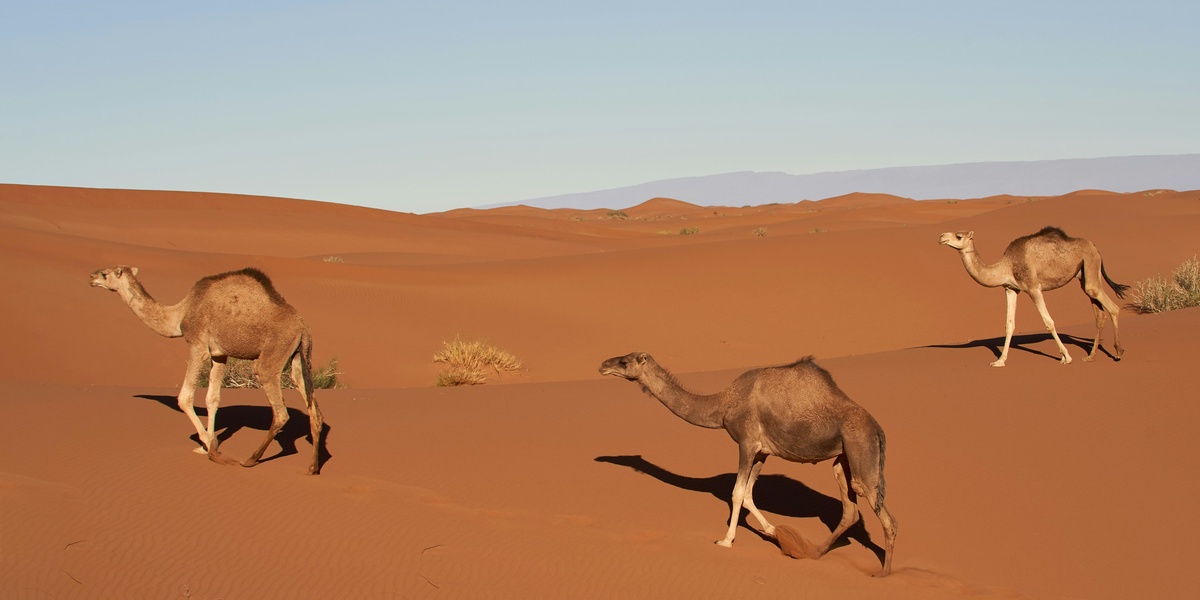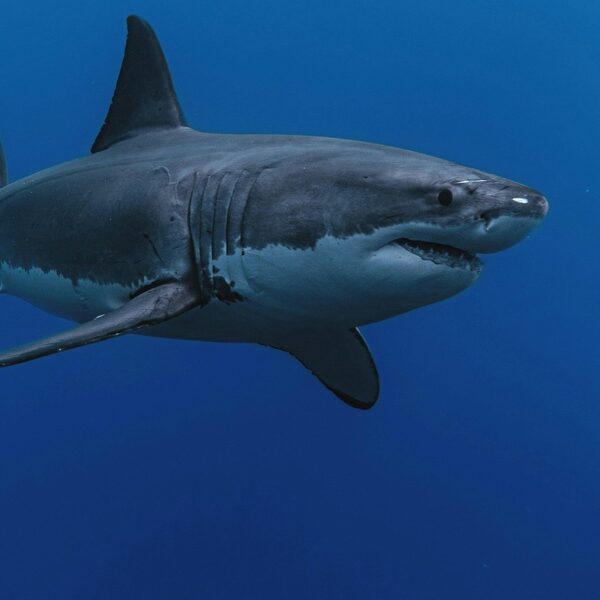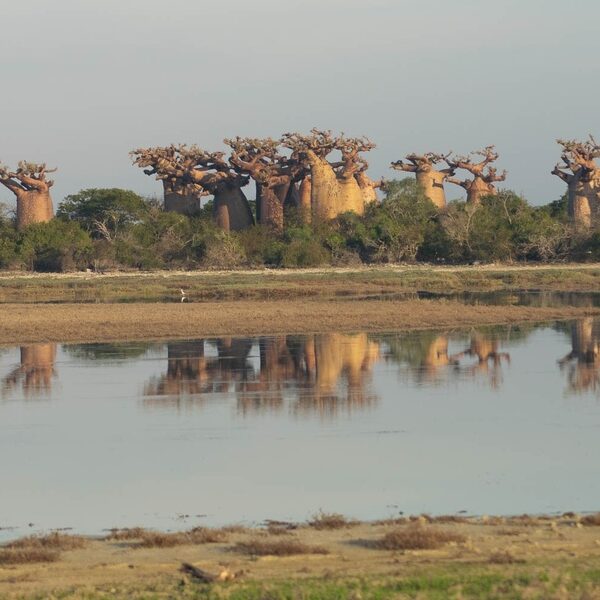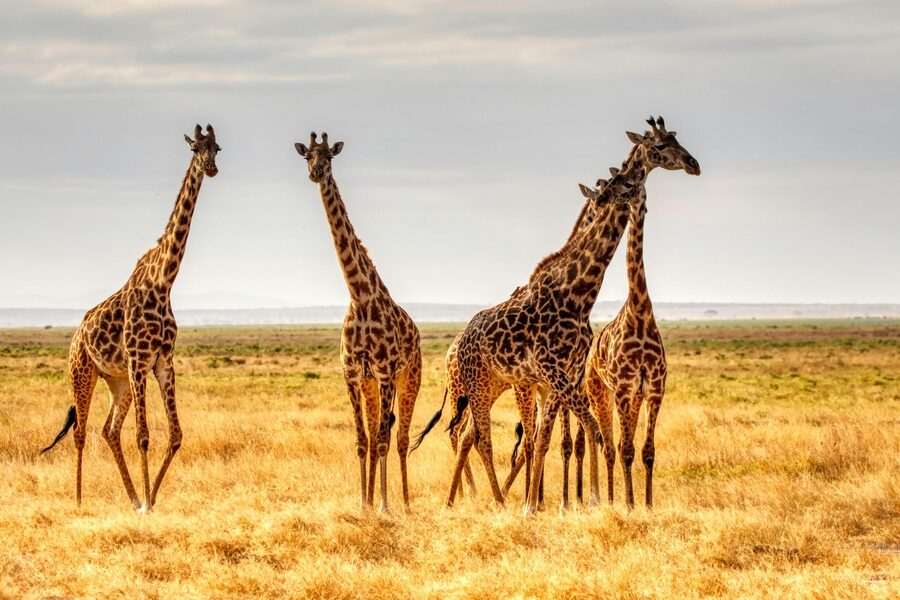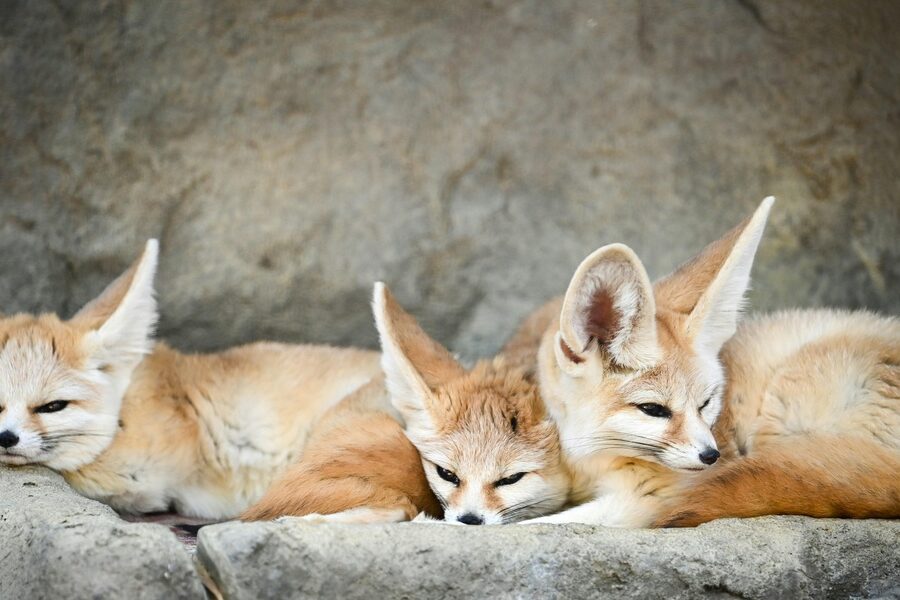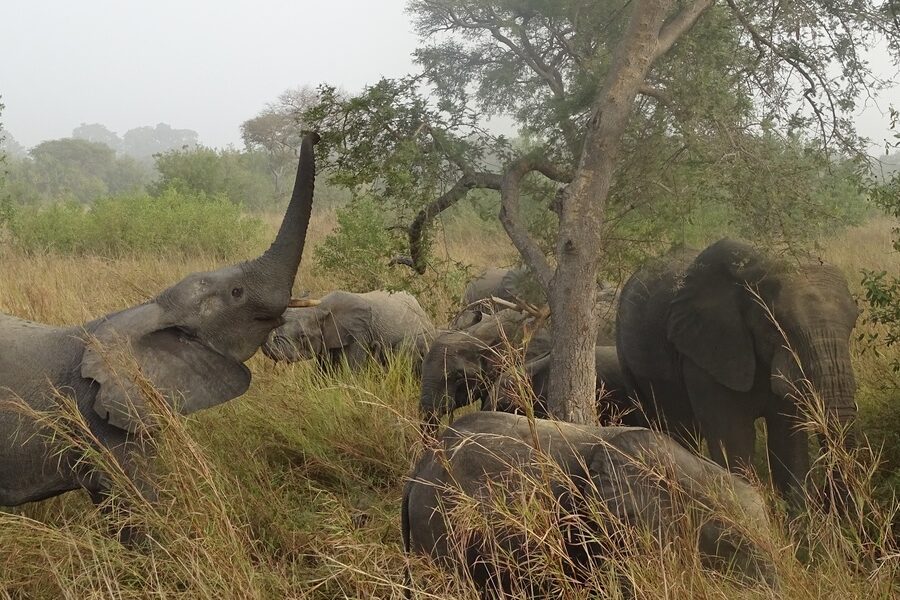Mauritania is roughly 90% desert, and yet its dunes, gravel plains and rocky plateaus host a surprising variety of animals adapted to extreme heat, scarce water and shifting sands.
French naturalists and local Saharan observers began recording wildlife across this region in the 19th and early 20th centuries, and those historical notes—alongside modern camera-trap and survey work—show how specialized life can be in a place that looks empty at first glance.
The fauna of Mauritania reveals species that are both ecologically important and conservation-sensitive: from the critically endangered addax to tiny ants that forage at surface temperatures above 50°C. This article profiles eight representative desert species, grouped into four thematic categories, and cites IUCN, BirdLife International and the Sahara Conservation Fund where population figures, statuses and conservation efforts are available.
Below are portraits of large mammals, small carnivores, reptiles and invertebrates, and birds that together illustrate how life persists across the Mauritanian Sahara.
Large Desert Mammals
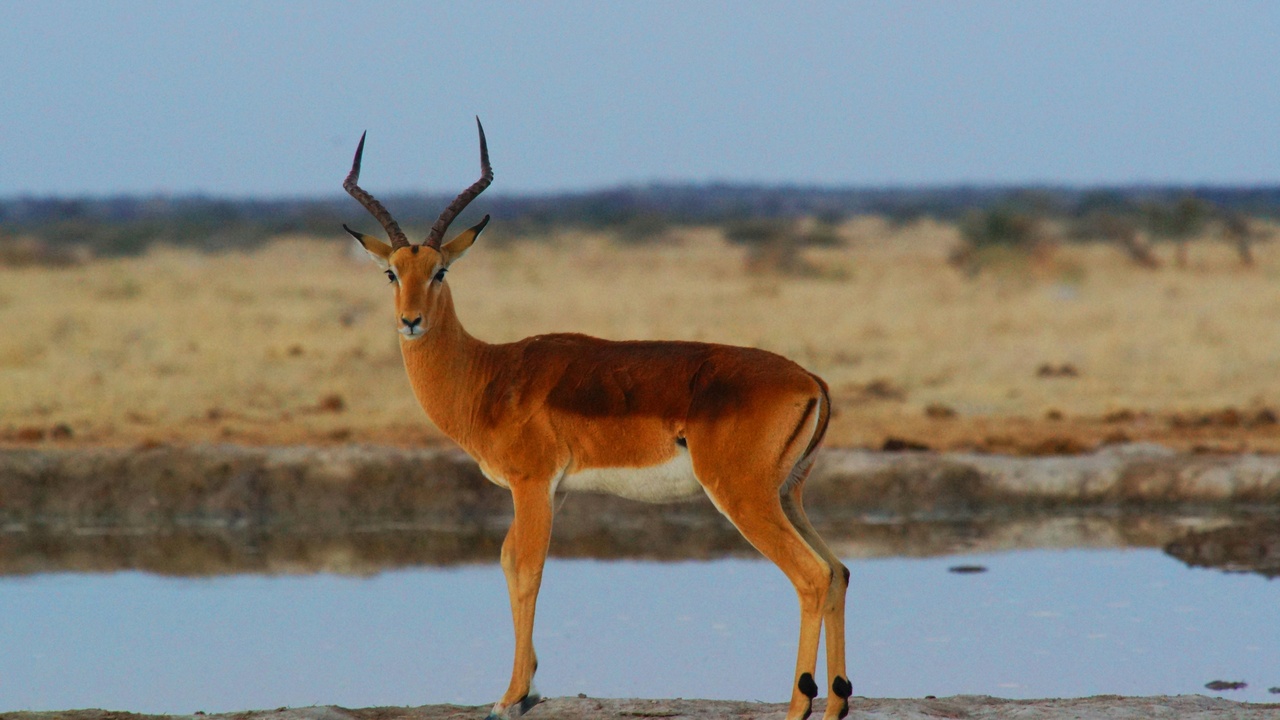
Large herbivores shape plant communities through grazing and seed movement, and they hold cultural value for nomadic people. Over the 20th century many Saharan ungulates suffered steep declines from hunting, habitat fragmentation and infrastructure, so conservation by NGOs and governments is now focused on anti-poaching, monitoring and reintroductions.
1. Addax (Addax nasomaculatus) — Critically endangered desert antelope
The addax is a pale, spiral‑horned antelope adapted to the central Sahara and listed as Critically Endangered on the IUCN Red List.
Historical accounts from 19th–20th century explorers describe large herds across the central Sahara, but 20th‑century hunting and vehicle access drove a catastrophic collapse. Wild numbers are now extremely low; IUCN assessments and conservation groups note wild individuals are likely in the low double‑ or single‑digits in most range states, with fewer than 100 animals reported in scattered locations in recent decades.
Addax are highly nomadic grazers that can obtain moisture from plants and endure long dry spells, so protecting large, connected desert tracts matters more than tiny reserves. Conservation actions include captive‑breeding programs and reintroduction trials run by organizations such as the Sahara Conservation Fund, targeted anti‑poaching patrols, and regional surveys in Mauritania and neighboring countries.
To learn more, consult the IUCN factsheet and Sahara Conservation Fund project pages for updates on reintroductions and surveys.
2. Dama gazelle (Nanger dama) — fragile survivor of the plains
The dama gazelle prefers open desert and semi‑desert plains and is recognized on the IUCN Red List as one of the Sahara’s most threatened antelopes.
Across its range the dama has been reduced to small, relict populations by hunting and competition with livestock; population estimates are patchy, but IUCN notes very small numbers persist in a few areas and that trends are declining. Transboundary monitoring—between Mauritania, Mali and Algeria—and camera‑trap surveys (for example, field work reported in the 2010s) are the main tools for locating remaining groups.
Conservation responses include community‑based protection, monitoring agreements across borders and efforts to limit livestock competition in key seasonal grazing areas. For current status and survey results, see IUCN and reports from regional conservation partners.
Small Mammals and Carnivores
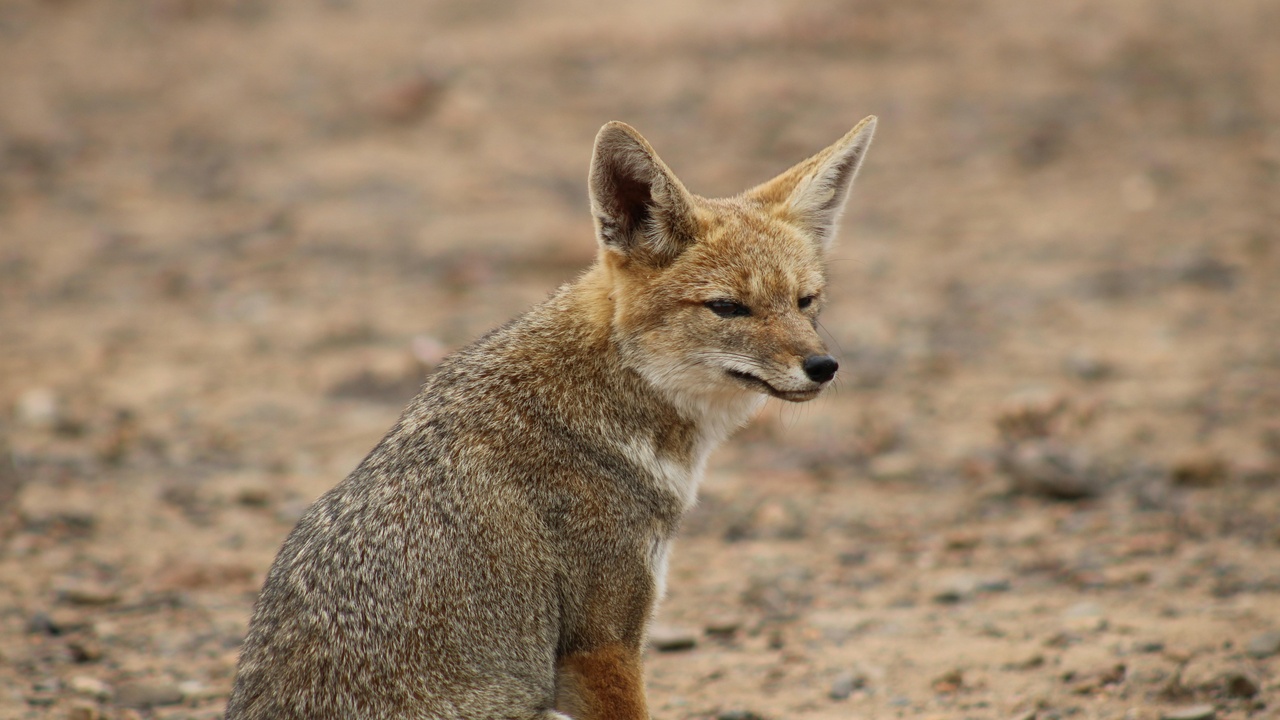
Small mammals and carnivores control rodents and insects, disperse seeds and scavenge carcasses; they also reveal habitat condition through their presence or absence. Their nocturnal, burrowing and cryptic behaviors make them hard to study, so camera‑trap surveys and local knowledge are essential.
3. Fennec fox (Vulpes zerda) — the iconic desert fox
The fennec fox is instantly recognizable by oversized ears that help dissipate heat and detect prey; adults typically weigh about 1–1.5 kg and are highly mobile across sandy and stony deserts.
Fennecs are omnivorous, eating insects, small mammals and plant materials, and are mainly nocturnal to avoid daytime heat. They are listed as Least Concern by IUCN but face local pressures such as capture for the pet trade and occasional trapping. Education and community outreach—often small, locally run programs—help reduce conflict and illegal trade.
Field monitoring (camera traps and pastoralist reports) provides much of what we know about distribution in Mauritania, and international bodies like IUCN offer species accounts and conservation recommendations.
4. Sand cat (Felis margarita) — the desert’s stealthy feline
Elusive and strictly nocturnal, the sand cat is adapted for sand travel with dense fur on its paws and a low, wide profile for hunting small rodents and reptiles at night.
The sand cat occurs across much of the Sahara and has been photographed by camera traps in several countries; IUCN currently lists it among the less threatened felids globally, but regional populations are sparse and difficult to survey. Threats include habitat disturbance and rare persecution.
Occasional photographic records and museum specimens confirm its presence in parts of northwest Africa, and ongoing camera‑trap work in the 2010s–2020s remains the best way to document populations in Mauritania and neighbouring states.
Reptiles and Desert Specialists
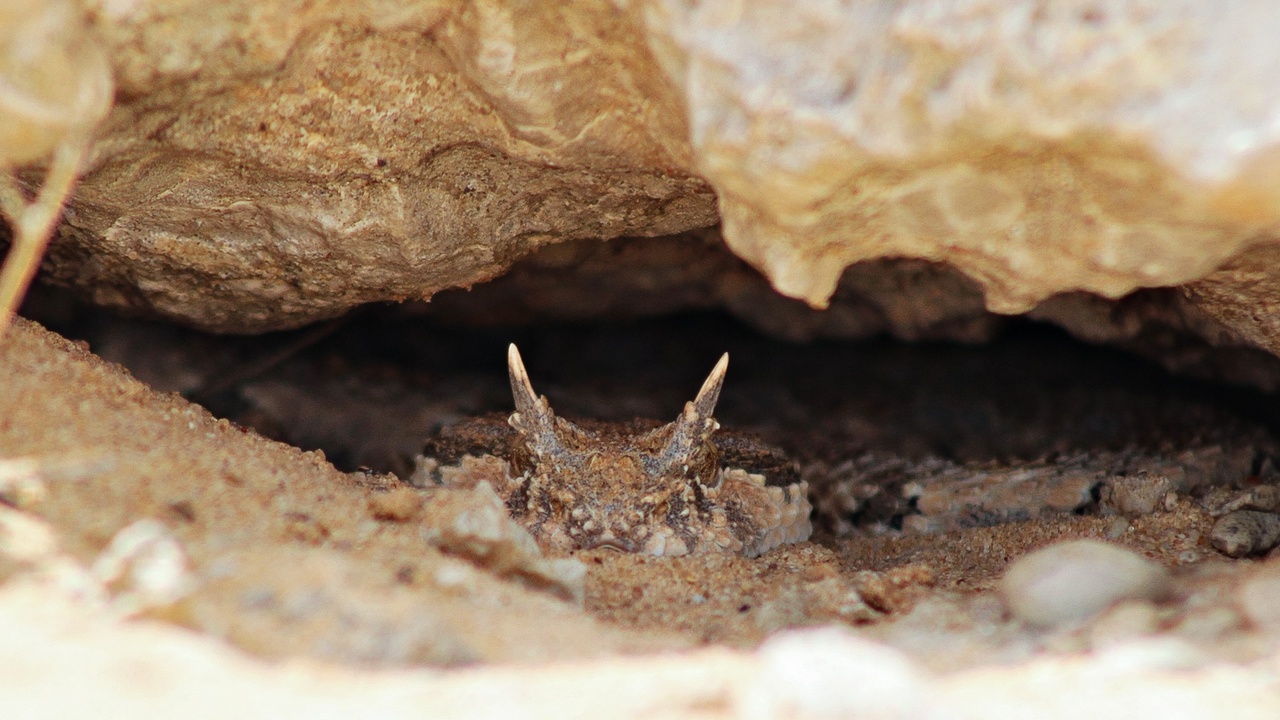
Reptiles and arthropods dominate biomass in many microhabitats and show striking physical and behavioral adaptations: reflective cuticles, burrowing, and strict timing of activity to avoid lethal surface temperatures. Field studies often rely on pitfall traps and night surveys.
5. Saharan horned viper (Cerastes spp.) — a cryptic sand-dweller
Horned vipers, such as Cerastes cerastes and related species, are well camouflaged ambush predators of loose sand and gravel, often found where small rodents and lizards are present.
Adults generally measure roughly 40–60 cm long and rely on sidewinding to travel efficiently over dunes. Their diet is mainly small mammals, lizards and amphibians, and encounters with people are infrequent; bites are medically significant but uncommon.
Regional herpetological surveys and museum records (including work published in the 2000s and 2010s) document Cerastes in northwest Africa, and local field teams use night searches and specimen records to map their distribution in Mauritania.
6. Saharan silver ant (Cataglyphis bombycina) — desert heat champion
Silver ants are famous for reflective, heat‑scattering hairs and an ability to forage at extreme surface temperatures—research has recorded activity at ground temperatures above 50°C in parts of the Sahara (studies from the late 20th century onward).
These ants act as scavengers, returning carrion to their nests and recycling nutrients. Their thermal physiology has made them model organisms in studies of heat tolerance and navigation (notably research published in the 1980s–2000s).
Cataglyphis and related genera have been recorded in regional pitfall‑trap surveys and faunal inventories; such invertebrate work helps explain how desert soils are aerated and how energy flows through hot microhabitats.
Desert Birds
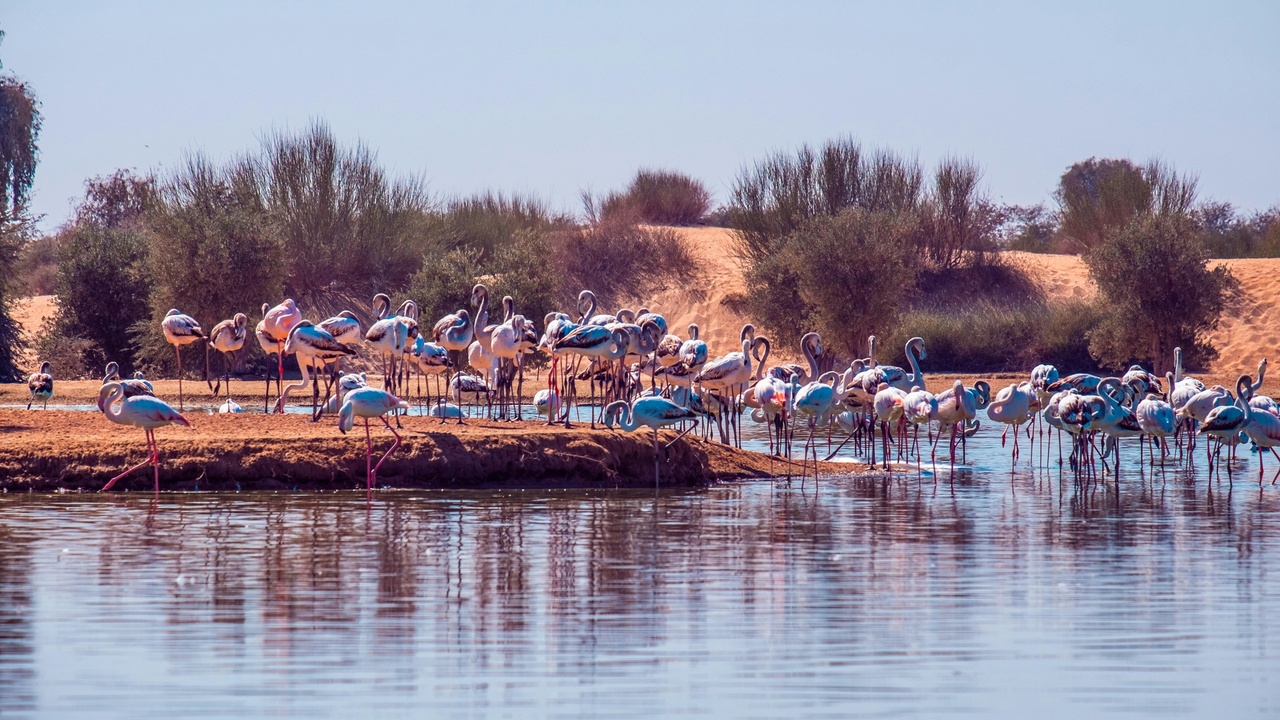
Mauritania’s arid zones support both resident and long‑distance migratory birds that act as pollinators, seed dispersers and cultural resources; monitoring migratory routes has revealed links between the Sahara and breeding grounds as far as the Mediterranean and Central Asia.
7. Houbara bustard (Chlamydotis undulata) — migratory and prized species
The houbara uses parts of Mauritania as wintering habitat or stopovers during long migrations; BirdLife International and IUCN list the species as globally threatened, with population declines driven largely by hunting and trapping.
Satellite tagging and banding studies have documented individual movements of up to about 3,000 km (with tagging projects reported in the 2000s and 2010s), and conservation responses include protected wintering areas, captive‑breeding and international agreements to curb illegal hunting.
For up‑to‑date status and tracking studies see the BirdLife International species account and regional project reports.
8. Desert lark (Ammomanes deserti) — small, tough passerine
The desert lark occupies rocky and sandy plains with sparse vegetation, nests on the ground and feeds on seeds and insects—helping control invertebrates and move seeds across a harsh landscape.
Widely recorded in national checklists and atlases, the species is often used as an indicator of habitat condition: declines in local abundance can signal overgrazing or loss of key microhabitats. Observational studies and bird atlases from the 2000s–2010s provide most local distribution data.
For local occurrence records consult national bird lists and regional BirdLife data, which compile observational and atlas records for Mauritania and its neighboring countries.
Summary
- Desert‑adapted species in Mauritania are often highly specialized and perform key roles—grazers shape vegetation, predators control rodents, and invertebrates recycle nutrients.
- Many of the animals profiled are threatened by hunting, habitat fragmentation and competition with livestock; transnational monitoring and local community engagement are essential.
- Simple actions help: support reputable organizations such as IUCN, BirdLife International, the Sahara Conservation Fund or Mauritanian protected‑area authorities, and contribute observations to citizen‑science platforms that feed regional surveys.
- Monitoring (camera traps, pitfall traps, satellite tagging) and local stewardship are cost‑effective ways to track and protect these species; targeted support for surveys and anti‑poaching work amplifies impact.
To help safeguard the fauna of Mauritania, consider following and supporting on‑the‑ground conservation groups and checking IUCN and BirdLife updates for the latest survey results and opportunities to contribute.
